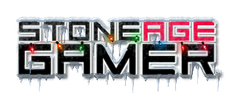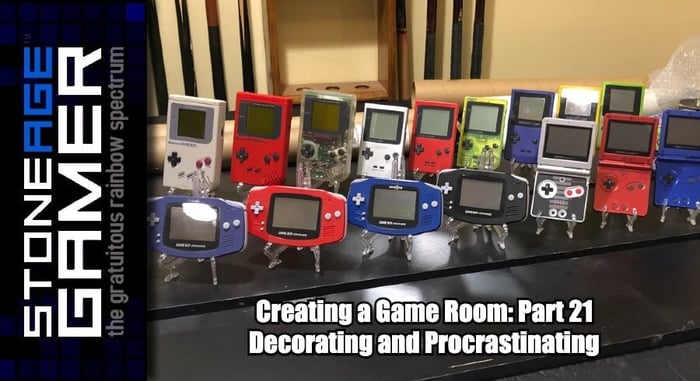
The Game Boy Sequels: Operation C
Gaming may not have started with the NES, but many of gaming’s most prominent franchises and concepts did. As these titles continued to evolve over the generations, there was a common thread amongst them that seems to be often overlooked. In many cases, the games we loved on NES got weird yet often very influential sequels on the Game Boy.
Attack Aggressively on the go!
Contra. Just about everyone who owned an NES at least played the game once before. It’s one of Konami’s finest, and a franchise that has endured since its inception (mostly). For the most part, the earlier entries are the fondly-remembered ones, with most people citing either Contra: Hard corps for Sega Genesis or Contra III: The Alien Wars for Super NES as the pinnacle of the franchise. I’ve always been way more into The Alien Wars myself, but no matter which way you swing it’s hard to argue that Contra III isn't a perfect example of Konami running on all cylinders. But it, and most of the best games in the franchise that came after, were the results of evolution, and said evolution involves yet another unsung franchise hero, Operation C for the Game Boy.
3 is the Magic Number
Before the internet existed, it would have been easy to see one of two games as the third entry in the Contra series. First, there’s the obvious Contra III. It’s called Contra III after all, so it’s not much of a leap to consider it the third entry in the franchise.
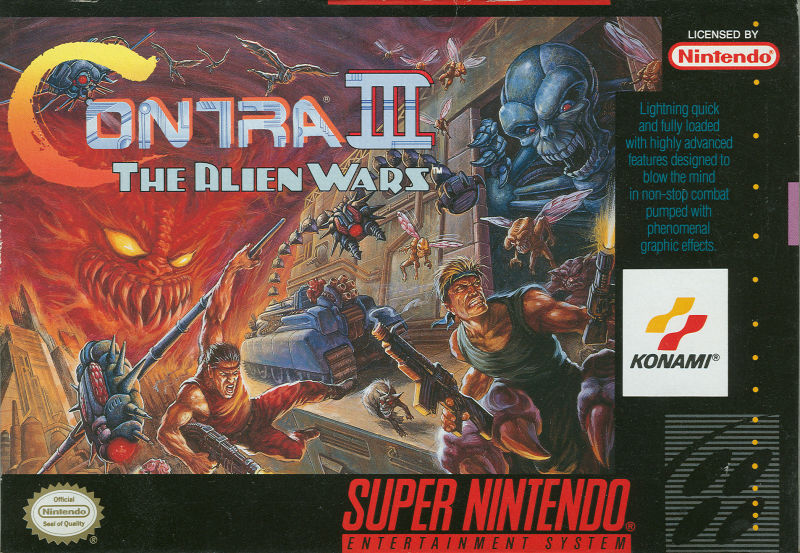
On the other hand, there was actually a third Contra game released for the NES called Contra Force. It wasn’t very good, and it wasn’t very common either. But if you were an NES only house and you didn’t pay attention to what was happening on the Super NES, for all intents and purposes this could be mistaken for Contra 3.
However, before either of those games released, the real third entry in the series, Operation C, hit the Game Boy, and it was every inch the Contra game as its predecessors.
Like the best Game Boy conversions out there, it took the platform’s limitations into consideration in its design. The character sprites aren’t too big on the screen, and everything goes a bit slower to accommodate the low refresh rate of the Game Boy’s screen. Most of the themes and music were rehashes of what was found in Contra and Super C for NES, but the stages themselves were in fact all new content. Layouts, enemies, bosses, and even certain weapon functions were brand new here. Not only that, but some of the retreaded areas performed better than their NES counterparts.
A Brief History of Blowing up Red Falcon
Contra actually started life as an arcade game, but it was the NES and Famicom conversions that put the series on the map, and despite the considerably less powerful hardware, the NES games were way more fun to play and generally more memorable experiences than their arcade counterparts. But even the legendary NES port lost a few minor details on its way to the US in cart form as the original release was for the Famicom Disk System, which allowed programmers to do considerably more back then, like background animations. So while things like leaves blowing in the wind were missing in the NES game, things like that are on full display in Operation C. It’s really something to see in motion.
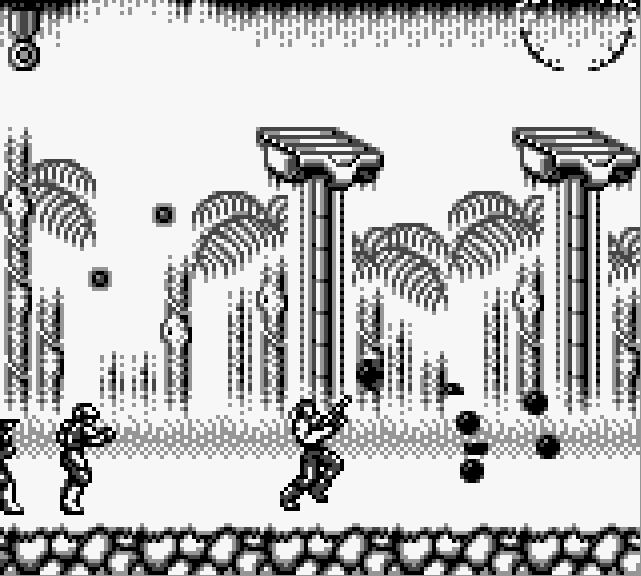
But what’s particularly cool about this game is that unlike the previous two entries, this was the first Contra game that wasn’t adapted form an arcade game. It was built from the ground up for the Game Boy, and done so with a mastery that few companies other than Konami could have mustered back in those days. That a Game Boy game of this vintage is still just as playable as the NES games in the same series to this day is a true testament to how well made it is.
Features and Benefits
So what new stuff did Operation C actually bring to the table? Well, since Contra isn’t exactly a complex franchise, they were pretty small things, but they would also become franchise mainstays in the future. For starters, the gun you begin with is the machine gun instead of the little pea shooter featured in Contra and Super C. This was likely because mashing the buttons over and over again on the Game Boy meant also shaking the screen a bunch while you were playing, but the rapid fire machine gun just required you to hold the button down, meaning that the player could keep the screen steady more easily. It’s also just a huge convenience thing. Contra games are hard, so having at least a halfway decent weapon to start off with was a big help.
Next up, we have the first true instance of weapon stacking. This wound up being a huge part of the overwhelmingly brilliant (and tragically trapped on the DS) Contra 4. It was only for one weapon in Operation C, but it made a huge difference. Where the beloved Spread Gun was a mere three way shot upon first pickup, if you managed to snag a second Spread powerup, your gun shots increased to five!
But the biggest new deal had to be the homing shot. In Contra III for Super NES, the Homing missiles were the only weapon that could give the Spread Gun a run for its money in terms of usefulness, and they got their start right here on Game Boy. They appear as black orbs here instead of clearly defined missiles likely because of visual limitations of the time, but the functionality was more or less the same. They'd lock onto enemies all over the screen and make your life a whole lot easier.
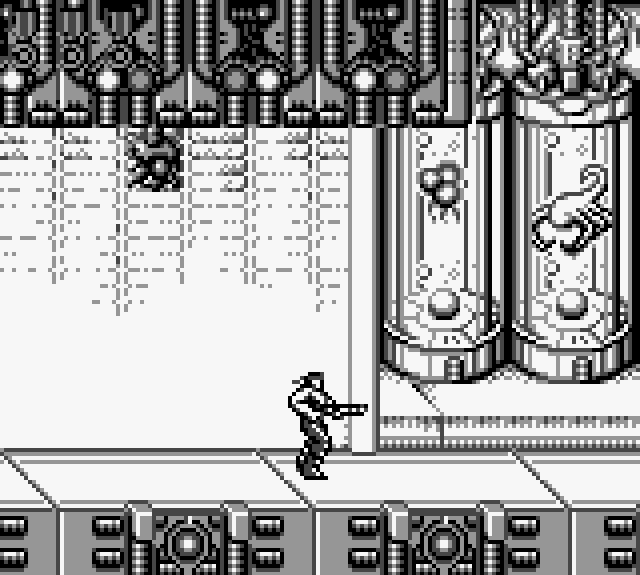
Operation C isn’t without its flaws though. It didn’t feature link cable support so Contra’s defining feature, co-op action, was sadly missing. It’s also by the nature of it being a Game Boy game, pretty short, even by Contra standards. But it does offer some serious bang for the buck. Konami pulled out all the stops here. They may have failed to make Castlevania feel truly like Castlevania on the Game Boy, but they learned their lessons from The Castlevania Adventure, and Operation C was all the better for it. It’s not just an excellent Game Boy game, it’s an excellent Contra game no matter how you slice it.
As a side note, a few years after Operation C came out, an astonishingly competent port of Contra III: The Alien Wars showed up on original Game Boy as well. I can only guess the game was developed on a dare.
Join us next time when another black box NES game gets an unexpected sequel. Only this time, you might not even know it's related based on the title alone.
